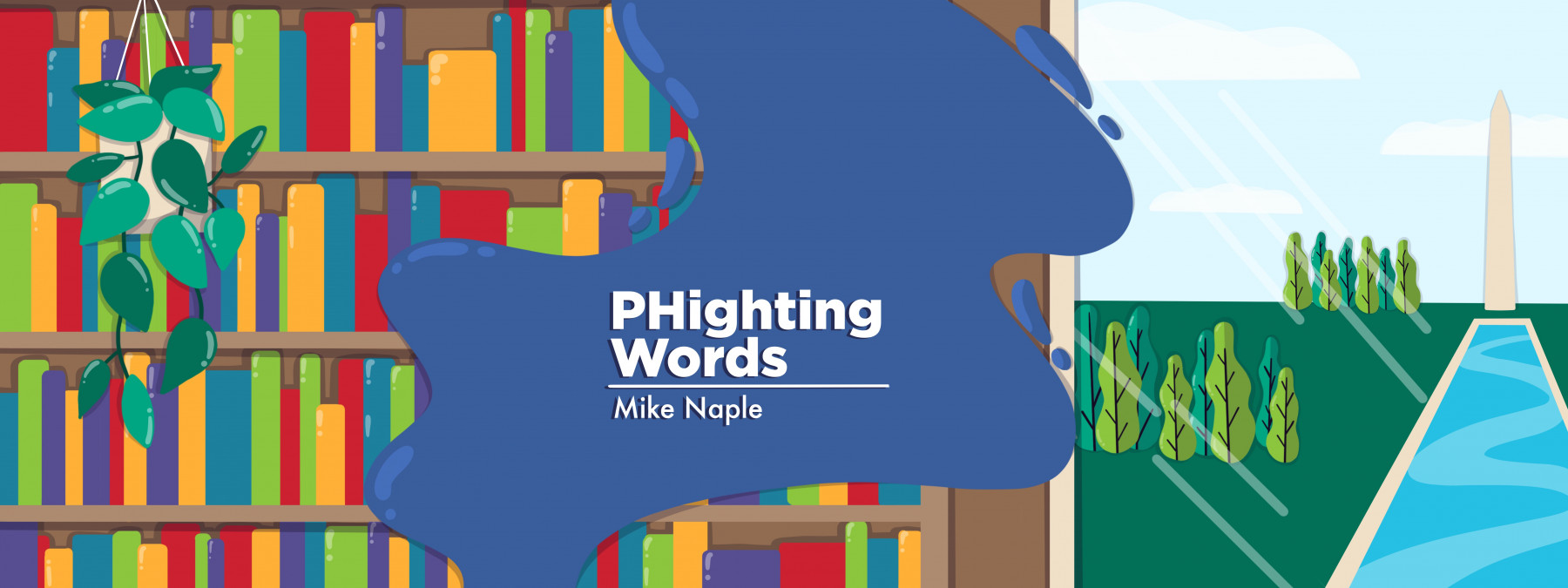Fleeing Gun Violence With a Disability: An Unacceptable Sign of the Times
Columnist Mike Naple recalls a harrowing active shooter situation

Before I could process the sharp sound, people were already sprinting onto the field. I watched in disbelief as spectators jumped over the railings while players scrambled to bring fans off the field into the safety of the dugout. As the chaos unfolded and more people reacted with fear at the gunshots, we got up from our seats and ran for the nearest exit.
It was a perfect night to see Washington’s Major League Baseball team take on my hometown San Diego Padres at Nationals Park in the summer of 2021. It was my first game in some time, and I thought it’d be a fun way for me to spend a Saturday afternoon with my partner, brother, and friends. Attending an event like a baseball game or a live concert at a large venue can take a lot more out of me because of my pulmonary hypertension (PH), compared with a trip to a neighborhood bookstore or a dinner at a friend’s house.
Before these events, I make a few PH-related preparations. I make sure my portable oxygen concentrator is fully charged and that my bag is packed with a pulse oximeter. I do a medications check depending on the time of day. If it’s an afternoon event, I’ll decide whether to take my midday pills before leaving the house or once I’m there.
A PH diagnosis changed my life in so many ways. Everyday things like taking a shower and making the bed at times would leave me short of breath. I had to adjust to the reality that I’d never again run like I used to, and running would no longer be a primary form of exercise for me. But was I naive to never wonder if this condition would make it difficult for me to flee from an active shooter? That scenario simply didn’t cross my mind.
We didn’t know where the gunshots where coming from when we ran, nor whether the shooter was inside the ballpark. All we saw were waves of people desperately trying to find shelter. It’s impossible for me to write about this experience without getting a little emotional. I initially didn’t want to leave my seat because I knew it’d be difficult for me to run, and I didn’t want to slow anyone else down.
But move we did. Yet even with my portable oxygen concentrator on, breathing felt like a Herculean effort. Instead of fight-or-flight mode, my body considered a breathe-or-flight response as we joined the herd of people looking for the exits. Once we made it outside, we heard over a loudspeaker that people should shelter in place inside the stadium, but security wouldn’t let us back in. In that moment, I caught my breath and tried to breathe a little easier.
Eventually, we learned that the shooting happened outside Nationals Park, and three people were injured. Still, the gunfire set off alarms for people in a crowded ballpark in a country where gun violence has killed people at movie theaters, office buildings, concert venues, schools, and elsewhere.
In April, police in pursuit of a gunman who fired a barrage of bullets at a school in my neighborhood put the area on lockdown. While I was grateful to be away from the neighborhood at the time and my partner was safe, the proximity of the incident to my home fed a fresh sense of terror. The question of my mobility during a crisis remains.
The problem of gun violence in the U.S. certainly hasn’t abated. From May to July this year, gun violence has killed elementary schoolchildren in Uvalde, Texas, seniors shopping for groceries in Buffalo, New York, and people celebrating Independence Day in Highland Park, Illinois, among other incidents.
Disabled and chronically ill people, including those with PH, go to the movies, buy groceries at the supermarket, and attend sporting events and celebrations. They’re students learning in classrooms and on college campuses. In doing these activities, our community already faces certain barriers and accessibility issues. Adding gun violence and the need to find safety to the mix creates a nightmare scenario.
PH has changed my mobility, a reality I work to accept. But running down a stairwell short of breath while wearing my oxygen concentrator to get to a safe place because of gunfire is something I never want to experience again. And something I don’t accept.
Follow Mike on Twitter: @mnaple.
Note: Pulmonary Hypertension News is strictly a news and information website about the disease. It does not provide medical advice, diagnosis, or treatment. This content is not intended to be a substitute for professional medical advice, diagnosis, or treatment. Always seek the advice of your physician or other qualified health provider with any questions you may have regarding a medical condition. Never disregard professional medical advice or delay in seeking it because of something you have read on this website. The opinions expressed in this column are not those of Pulmonary Hypertension News or its parent company, Bionews, and are intended to spark discussion about issues pertaining to pulmonary hypertension.









Leave a comment
Fill in the required fields to post. Your email address will not be published.